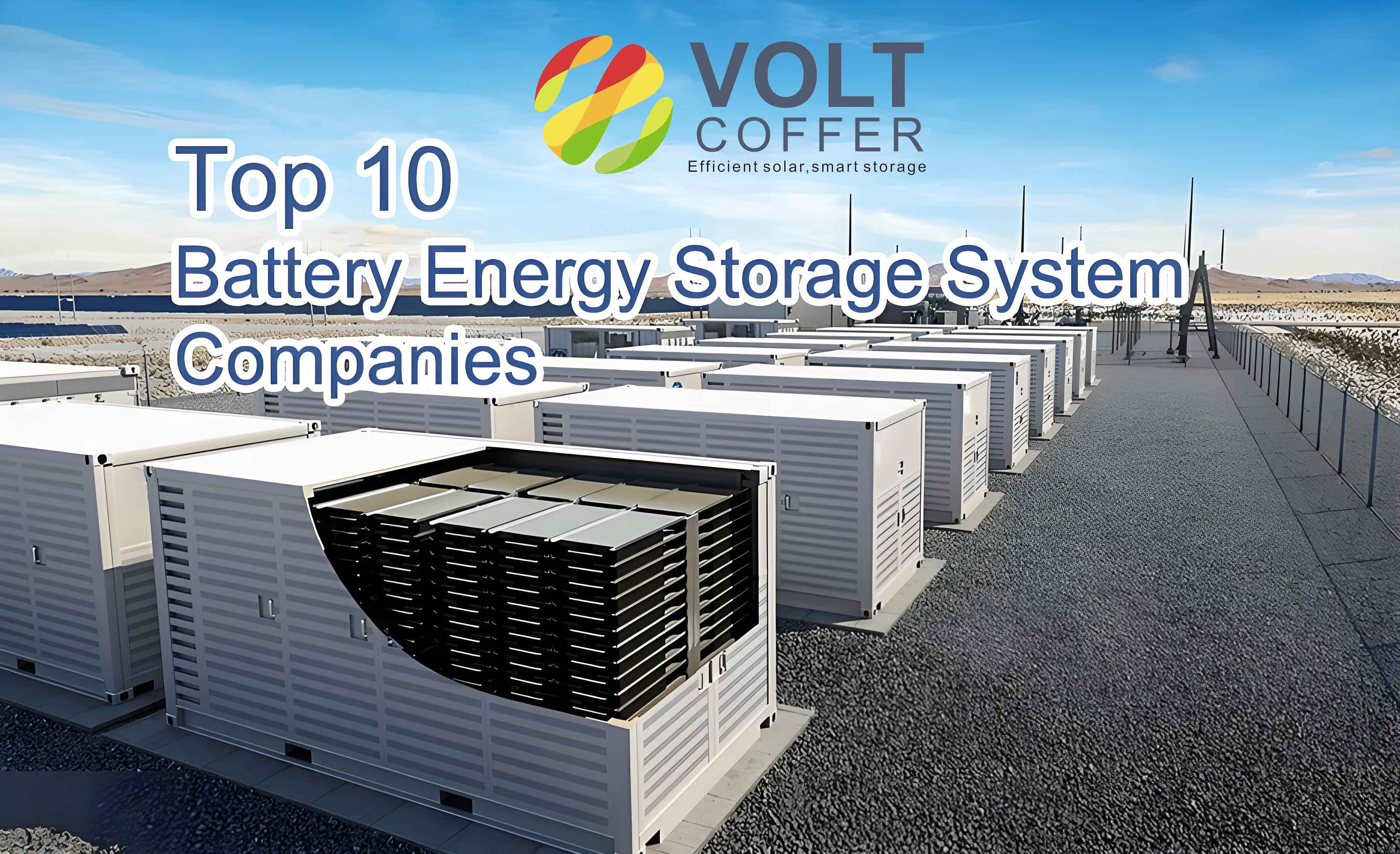
1. Introduction
1.1 Background and Significance
The escalating global demand for energy, coupled with environmental degradation caused by fossil fuel exploitation, has necessitated a transition toward renewable energy systems. Photovoltaic (PV) power generation, as a cornerstone of distributed energy resources (DERs), has gained prominence due to its sustainability and scalability. However, the inherent intermittency and volatility of PV systems pose challenges to grid stability. This underscores the critical role of microgrids integrated with energy storage systems to balance supply-demand dynamics and enhance operational efficiency.
This study focuses on optimizing energy management strategies for a microgrid in a substation area, leveraging PV panels and battery energy storage. The research is grounded in a practical case—the 2.8MWp distributed PV capacity expansion project in Linyi City, China—to validate the feasibility of proposed strategies under real-world conditions.
1.2 Research Status
1.2.1 Global Development of Microgrids
Microgrids have evolved as autonomous systems capable of operating in both grid-connected and islanded modes. Key advancements include:
- United States: Early adoption of microgrid concepts, with projects like Mad River and Walnut experimental bases.
- Europe: Emphasis on smart grid integration, exemplified by the EU’s 2006 “Smart Grid” initiative.
- Japan: Focus on renewable integration in isolated regions, such as the Hachinohe Project.
1.2.2 Energy Storage Technologies
Energy storage systems, particularly batteries, are pivotal for mitigating PV variability. Recent studies highlight:
- Lead-acid batteries for cost-effectiveness and maturity.
- Hybrid systems combining supercapacitors and batteries for rapid response.
1.2.3 Energy Management Strategies
- Grid-connected mode: Prioritizes economic dispatch and peak shaving.
- Islanded mode: Ensures reliability through decentralized control.
2. Microgrid Structure and Model Analysis
2.1 PV Module Modeling and Simulation
2.1.1 PV Cell Equivalent Circuit
The PV cell’s output characteristics are governed by:Ipv=Ie−Ido[exp(q(Upv+RsIpv)MkTc)−1]−Up+RsIpvRshIpv=Ie−Ido[exp(MkTcq(Upv+RsIpv))−1]−RshUp+RsIpv
Key parameters include光照强度 (φφ) and temperature (TcTc), which significantly impact power output.
2.1.2 Maximum Power Point Tracking (MPPT)
A perturb-and-observe (P&O) algorithm was implemented to maximize PV efficiency. The control logic adjusts the duty cycle (DD) of the DC/DC converter to match the load impedance with the PV internal resistance.
Table 1: PV Panel Parameters
| Parameter | Value |
|---|---|
| Peak Power (PmaxPmax) | 415 Wp |
| Short-Circuit Current (IscIsc) | 10.55 A |
| Open-Circuit Voltage (UocUoc) | 50 V |
2.1.3 Simulation Results
- PV output power under varying (1000 W/m² to 500 W/m²).
- Temperature effects on PV voltage-current curves.
2.2 Battery Storage System Modeling
2.2.1 Lead-Acid Battery Dynamics
The state of charge (SOCSOC) is calculated as:SOC=SOC0−∬[Ib/1−(Closs−C0)]dtSOC=SOC0−∬[Ib/1−(Closs−C0)]dt
Table 2: Battery Specifications
| Parameter | Value |
|---|---|
| Rated Voltage | 25 V |
| Capacity | 50 Ah |
| Initial SOC | 45% |
2.2.2 Charge-Discharge Characteristics
- SOC variation under cyclic loading.
- Voltage-current profiles during charging/discharging.
2.3 Grid-Connected Inverter Control
A dual-loop control strategy (voltage outer loop + current inner loop) ensured stable DC-link voltage and grid synchronization.
Table 3: Inverter Parameters
| Parameter | Value |
|---|---|
| Rated Power | 110 kW |
| Output Voltage | 380 V |
| THD | <0.3% |
3. Integrated PV-Energy Storage Microgrid System
3.1 System Topology
The hybrid AC/DC microgrid comprises:
- PV arrays with MPPT controllers.
- Bidirectional DC/DC converters for energy storage.
- Grid-tie inverters for AC/DC conversion.
Topology of the PV-battery microgrid.
3.2 Operational Modes
3.2.1 Grid-Connected Mode
- Excess Power: Stored in batteries or fed to the grid.
- Deficit Power: Compensated by grid imports.
Table 4: Grid-Connected Energy Management Strategies
| Scenario | Action |
|---|---|
| Ppv>PloadPpv>Pload | Charge batteries/sell to grid |
| Ppv<PloadPpv<Pload | Discharge batteries/buy from grid |
3.2.2 Islanded Mode
- Autonomous operation prioritizing load criticality.
- Transition dynamics during grid disconnection.
3.3 Simulation Platform
A MATLAB/Simulink model validated the system’s performance under diverse scenarios:
- Power flow during grid-connected operation.
- SOC management in islanded mode.
Table 5: Simulation Parameters
| Parameter | Value |
|---|---|
| DC Bus Voltage | 380 V |
| PV Output | 5000 W |
| Load Demand | 3000 W |
4. Energy Management Optimization Strategy
4.1 Objective Function
The total cost minimization model includes:min(CCF)=(CDP+COM+Cgrid)min(CCF)=(CDP+COM+Cgrid)
- Investment Cost (CDPCDP): Annualized installation expenses.
- Operational Cost (COMCOM): Maintenance and degradation.
- Grid Interaction Cost (CgridCgrid): Time-of-use (TOU) pricing.
4.2 Improved Particle Swarm Optimization (PSO)
4.2.1 Algorithm Enhancements
- Asymmetric Learning Factors:C1=C11−k×(C1f−C11)/kmaxC2=C21+k×(C2f−C21)/kmaxC1=C11−k×(C1f−C11)/kmaxC2=C21+k×(C2f−C21)/kmax
- Linear Decreasing Inertia Weight:ω=ω1−(ω1−ω2)k/kmaxω=ω1−(ω1−ω2)k/kmax
4.2.2 Validation
- Convergence comparison (standard vs. improved PSO).
- Optimization Performance Metrics
| Algorithm | Convergence Iterations | Cost Reduction |
|---|---|---|
| Standard PSO | 85 | 12% |
| Improved PSO | 45 | 24% |
4.3 Case Study: Linyi County Project
4.3.1 System Configuration
- PV Capacity: 800 kW (415Wp panels).
- Battery Storage: 120 kWh lead-acid.
- TOU Pricing: Peak (1.19 CNY/kWh), Off-peak (0.27 CNY/kWh).
Table 7: Component Specifications
| Component | Power Limit (kW) | Cost (CNY/kW) |
|---|---|---|
| PV | 0–40 | 66,700 |
| Battery | ±38 | 900 |
| Grid Interaction | ±42 | N/A |
4.3.2 Results
- Summer Day: Total cost reduced by 22% using improved PSO.
- Autumn Day: 18% cost reduction achieved.
Daily load vs. generation profiles.
Economic comparison across seasons.
5. Conclusion and Future Work
5.1 Key Findings
- The proposed microgrid with PV and energy storage achieved 24% cost reduction via optimized dispatch.
- Improved PSO outperformed standard algorithms in convergence speed and solution quality.
5.2 Limitations and Prospects
- Limitations: Single storage type (lead-acid); seasonal variability not fully addressed.
- Future Directions:
- Integrate hybrid energy storage (e.g., supercapacitors).
- Explore multi-microgrid coordination.
- Implement real-time pricing models.
